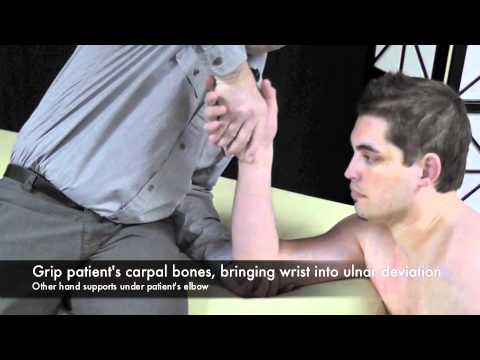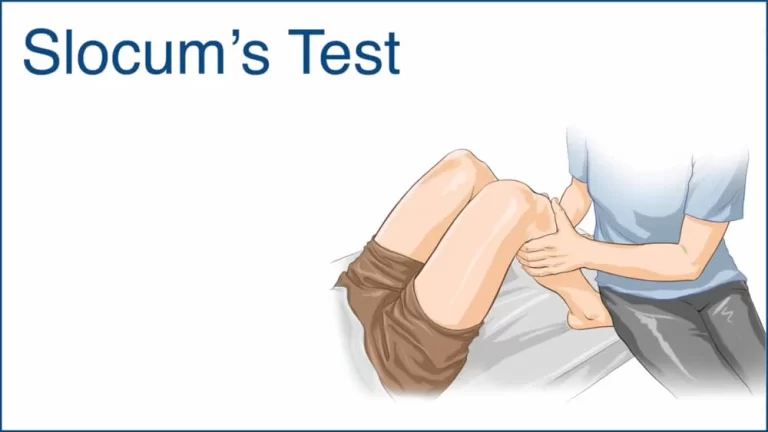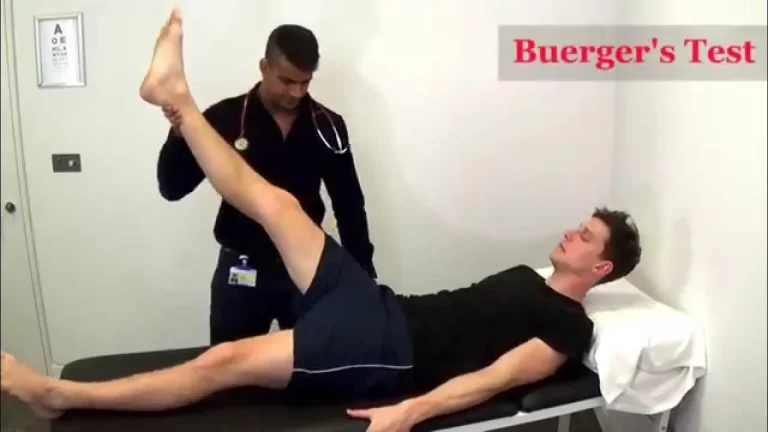Load and Shift test for the shoulder :
What does a load and shift test assess?
The Load and Shift Test is mostly used for the examination of shoulder if Doctor suspects there is an anterior as well as posterior shoulder instability. The test is positive if you seen excessive translation or the reproduction of your patient’s symptoms.
- This test is described by the Hawkins .
- This test is modification of the anterior & posterior drawer tests of the Gerber & Ganz.
- It has been considered to the gold standard for the assessment of the anterior & posterior instability of shoulder.
What is the Purpose of this test :
- Test is used for to the assess of the stability of to the Glenohumeral [ GH ] joint.
- It is also check the primary traumatic instability problems of this joint .
How to perform this test ?
- Examiner is creates to the loading force for to the relocate of the humeral head centrally into the glenoid.
- In to the loaded position apply to the directional stresses .
- Then examiner places to the one hand over to the shoulder & scapula of to the stabilize to the shoulder girdle & other hand is grasp to the humeral head.
- Humerus is loaded of into the glenoid then translated to humerus anteriorally & posteriorally.
- This stress apply is increase to the humeral head which is felt to the ride up on to the glenoid rim.
- This test is not to the assesses of the amount of the translation but it is also provides to the idea of to the adequacy of to the glenoid lip.
- It is critically for to the important of to the compare of the two shoulders which is appreciate to the similarities / differences into the translation.
- Test position is the in supine position .
- In this position grasp to the arm & apply the position in about of the 20° of abduction & forward flexion.
- So that humeral head is again in loaded position then apply to the posterior & anterior stresses .
- Translation is assessed to the initially in to the neutral position with to the arm by to the side .
- It is important for to the assess of the translations in to other positions . in to the normal shoulder is into the abduction which is one should be appreciate the less translation anteriorly & the inferior glenohumeral ligament (GHL).
- Tt is becomes to the taut & acts as to the restraint.
- Similarly to the internally rotating of the arm which is posterior translation is diminished with to the intact of the posterior capsular structure.
- This test is also perform into the sitting position .
- Then therapist is stabilizes to the scapula of to the thorax with to the one hand, while to the other hand is placed to the across of the posterior GH joint line & humeral head & web space is across to the patient’s acromion.
- Index finger of the anterior GH joint line.
- But The examination is now to the apply to the load & shift of to the humeral head which is across to the stabilize of the scapula into the anteromedial direction whih is assess to anterior stability & into the posterolateral direction of to the assess of the posterior instability.
- Normal motion of the anteriorly is half of to the distance of to the humeral head it is do the more movement which is considered to the sign of the GH of the joint with laxity.
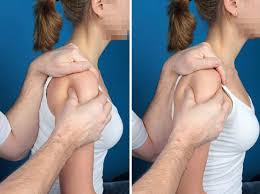
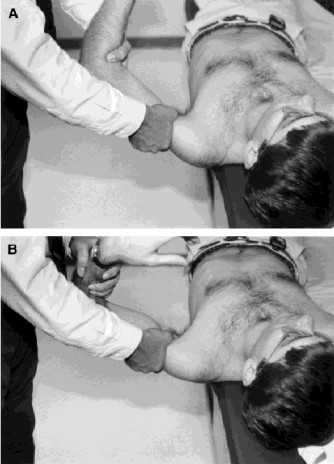
What is the Evidence of this test ?
- Gerber & Ganz is report that this test is must be of the 100% of sensitive for to the detection of the instability into patients with the recurrent shoulder dislocation but not to the subluxation.
Other evidence of this test is :
- Sensitivity = 90%
- Specificity = 85%
- +LR [ Positive Likelihood Ratio ] = +6
- -LR [ Negative Likelihood Ratio] = -.12
What is the structure tested in this test ?
| Abduction Range | Tested of the Structure |
| 0 – 60° degree | Coracohumeralligt / Superior Glenohumeral [ GH ] ligament /rotator interval |
| 60 – 90° degree | Middle Glenohumeral [ GH ] ligament |
| 90°+ degree | Inferior Glenohumeral [ GH ] ligament |
Grading of injury of this test :
| Grade | Translation | |
| 1 | Mild | 0-l cm of the translation |
| 2 | Moderate | 1-2 cm of the translates to the glenoid rim |
| 3 | Severe | >2 cm of the translation or over to the rim of to the glenoid |
| Grade | Amount of anterior translation |
| 0 | Little or no movement. |
| 1 | humeral head is rides up to the glenoid slope but not to the over to the rim. |
| 2 | humeral head is rides up & over to the glenoid rim but it is reduces to the spontaneously when the stress is to removed. |
| 3 | humeral head is rides up / over to the glenoid rim & remains of the dislocate on to the removal of the stress. |
Research of this test :
- According to the a research study it is performed by to the Hawkins’s which is compared to the results of the manual examination of this test with to the results which is produce from the fluoroscopic assessment of this test is oversensitive in the diagnosis for the anterior & posterior instability.
- It is led to the development of to the grading system .
- The study is also reported to that it is not to statistically significant difference between to the results of the according to the experience of to the examiner.
- It is should be to the noted of to the McFarland questions which is to the validity of the manual testing procedures in to the assessment of to the instability.





